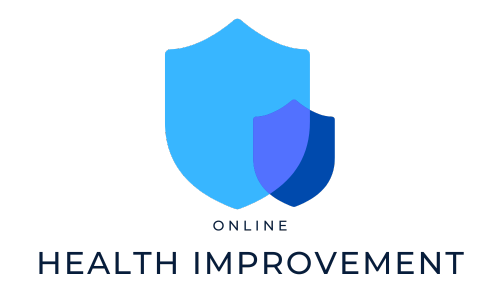Addressing Common Age-Related Vision Problems
As individuals age, it is common for various changes to occur in vision. These changes can range from the development of minor inconveniences to more serious conditions that require medical attention. However, with the right knowledge and proactive measures, many age-related vision problems can be addressed and managed effectively, allowing individuals to continue leading fulfilling and independent lives.
Presbyopia: A Common Frustration
One of the most common age-related vision problems is presbyopia, which affects individuals usually after the age of 40. Presbyopia is caused by the natural aging process of the lens in the eye, resulting in a gradual loss of the ability to focus on objects up close. People with presbyopia often experience difficulty reading small print, using smartphones, or performing tasks that require close-up vision.
Addressing presbyopia can be done through various methods, including:
1. Reading glasses or magnifiers: These optical aids can be purchased over-the-counter or prescribed by an optometrist to improve near vision.
2. Bifocal or progressive lenses: Eyeglasses with bifocal or progressive lenses can correct presbyopia and address other visual impairments such as myopia or astigmatism.
3. Contact lenses: Multifocal or monovision contact lenses can be used to correct presbyopia, providing clear vision at both near and far distances.
Cataracts: The Cloudy Lens
Cataracts are another common age-related vision problem, affecting many people over the age of 60. They occur when the clear lens inside the eye becomes cloudy, leading to blurry vision, faded colors, and increased sensitivity to glare. Cataracts can significantly impact daily living and reduce visual acuity.
Effective ways to address cataracts include:
1. Surgery: Cataract surgery is a common and highly successful procedure that involves removing the cloudy lens and replacing it with an artificial intraocular lens (IOL). This surgical intervention can restore clear vision, improve color perception, and reduce glare sensitivity.
2. Lifestyle modifications: Adjusting daily habits can help alleviate the symptoms of cataracts. Wearing sunglasses with UV protection, increasing lighting levels at home, and using anti-glare coatings on eyeglasses can all make a noticeable difference.
3. Regular eye exams: Getting regular eye exams can help in early diagnosis and monitoring of cataracts. Eye care professionals can provide guidance on when surgery may be necessary and recommend appropriate strategies to manage cataract symptoms.
Age-Related Macular Degeneration (AMD): A Serious Concern
Age-Related Macular Degeneration (AMD) is a degenerative condition that affects the macula, the central part of the retina responsible for detailed central vision. It is a leading cause of vision loss in individuals over the age of 50.
To address AMD, the following strategies can be employed:
1. Nutritional supplements: Vitamins and minerals, such as antioxidants, lutein, zeaxanthin, and omega-3 fatty acids, may help slow the progression of AMD. Consultation with an eye care professional is essential to determine the appropriate dosage and supplement regimen.
2. Low vision aids: For individuals with advanced AMD, low vision aids like magnifiers, high-contrast reading materials, and specialized lighting can improve daily functioning and quality of life.
3. New treatment options: In certain cases of AMD, specific medications and treatments, such as anti-VEGF injections or photodynamic therapy, may be recommended to manage the disease. Early diagnosis and consultation with a retinal specialist are crucial for exploring these options.
The Importance of Regular Eye Exams
Lastly, no matter the age-related vision problem one might face, regular eye exams are pivotal in maintaining optimal eye health. Eye care professionals can detect and monitor vision changes, offer appropriate solutions, and provide valuable guidance on preventing further deterioration.
In conclusion, age-related vision problems are common but can be effectively addressed with the right approach. By understanding the available treatment options, making lifestyle modifications, and seeking professional care, individuals can minimize the impact of these vision problems on their daily lives and continue enjoying clear vision. Remember, taking care of our eyes is a proactive investment in maintaining both independence and quality of life as we age.
